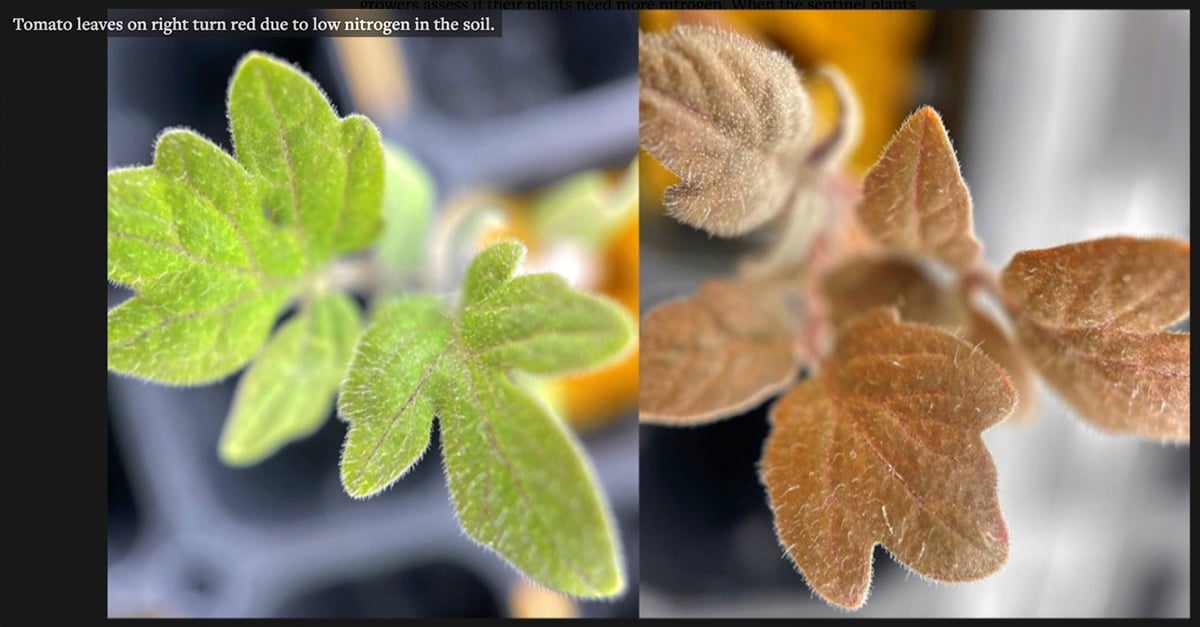It is the first case in the world of European corn borer resistance to B.t. corn; Corteva hopes stacked-trait varieties will mitigate the problem
Canada has the dubious distinction of having the first case of European corn borers resistant to insect tolerant corn.
The European corn borer causes more damage to corn than any other insect. It has been kept at bay in North America since the 1996 introduction of bacillus thuringiensis (B.t.) corn.
B.t. corn has been genetically modified to fend off insects by producing insecticidal proteins.
In 2018, a farmer in Nova Scotia reported that his Herculex 1 corn sold by Corteva Agriscience was being eaten by European corn borer insects despite containing the Cry1F trait designed to prevent that from happening.
Read Also

American researchers design a tomato plant that talks
Two students at Cornell University have devised a faster way to detect if garden plants and agricultural crops have a sufficient supply of nitrogen.
Corteva confirmed that the trait was present in the corn and then collected larvae from the field in mid-September.
The company exposed the larvae to the Cry1F trait and confirmed the insects from Colchester County, N.S., had indeed developed resistance to the protein.
“That is the only location where we have identified unexpected damage in materials containing this trait,” said Dave Harwood, technical services manager with Corteva.
The company notified the Canadian Food Inspection Agency and has submitted a mitigation plan to the regulator.
It did not issue a news release about the discovery.
Harwood said the focus has been on working with growers and the regulator. He also noted that Corteva is part of the Canadian Corn Pest Coalition, which has published some information about the incident on its website.
The main feature of the mitigation plan is to stop selling corn containing a single insect resistance trait and instead sell stacked-trait corn. That was already in the works before the Nova Scotia incident.
Corteva stopped selling single-trait corn in the Maritimes in 2019 and will not sell it in the rest of Canada in 2020. The Cry1F trait has also been licensed to other seed companies.
Harwood estimated 98 percent of the corn sold in Canada is stacked-trait corn, so he isn’t too concerned about an insect epidemic.
“The probability of an insect developing resistance to two completely unique modes of action concurrently is remarkably low,” he said.
The Canadian Biotechnology Action Network said this is another reminder that nature can adapt and overcome GM traits.
“We’re concerned that seed costs will rise with an increasing reliance on stacked GM traits while insects will continue to evolve resistance,” CBAN co-ordinator Lucy Sharratt said in a news release.
“These genetically engineered plants are starting to fail, as we predicted, and are part of a costly technology treadmill.”
Harwood said there are reports in other geographies of the southwestern corn borer and the fall armyworm developing resistance to B.t. corn.
A theory has been floated that the resistance occurred in Nova Scotia due to the “island effect” where a small, self-contained population of insects is more apt to develop resistance than insects in larger crop production areas like Quebec or Ontario.
“Frankly, that’s really speculation. There’s no definitive explanation as to why it occurred there,” said Harwood.
Corteva plans to monitor corn fields going forward for other instances of resistance.
















